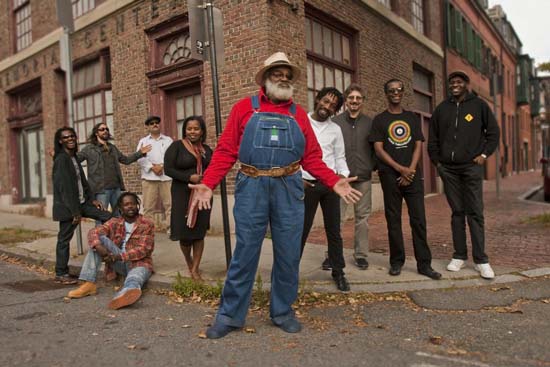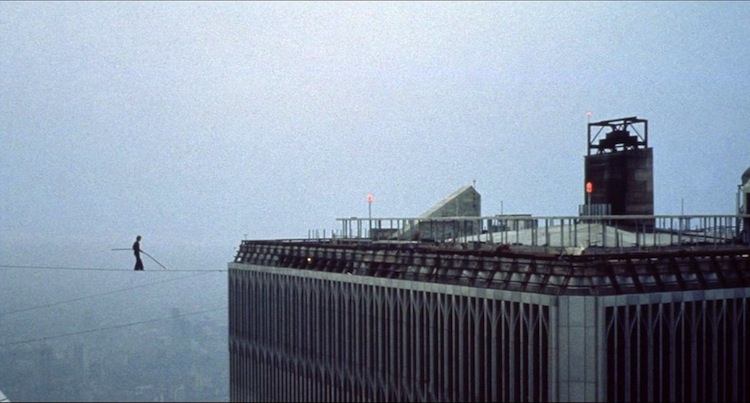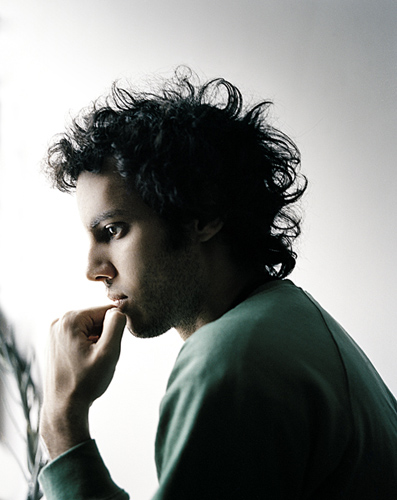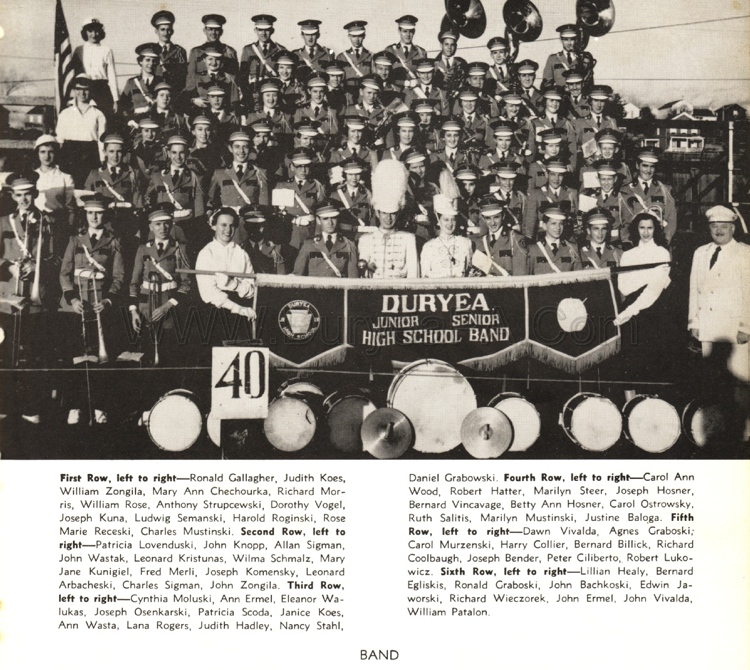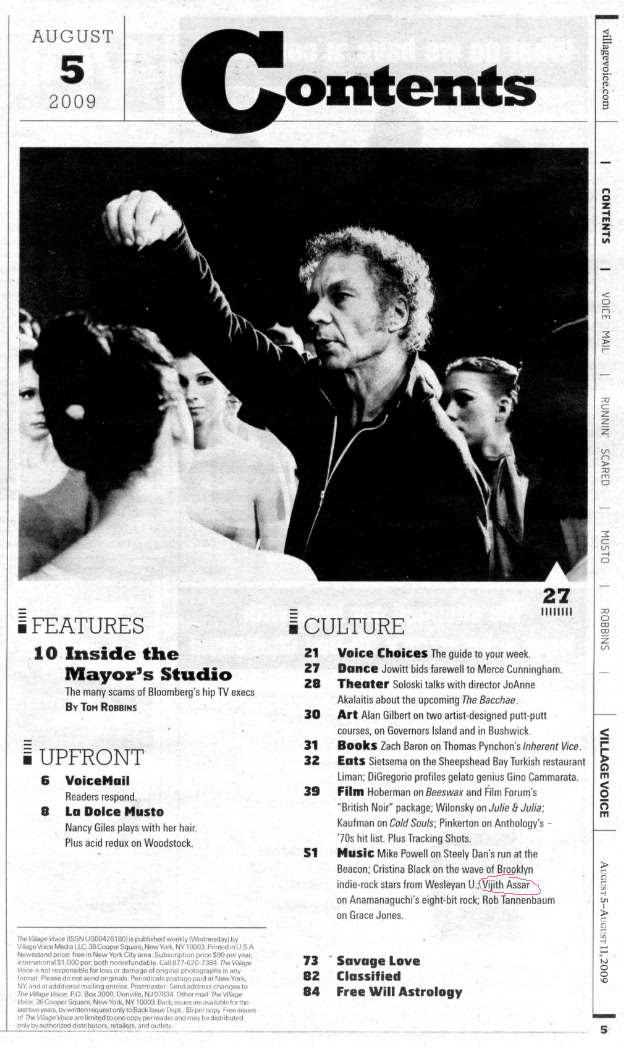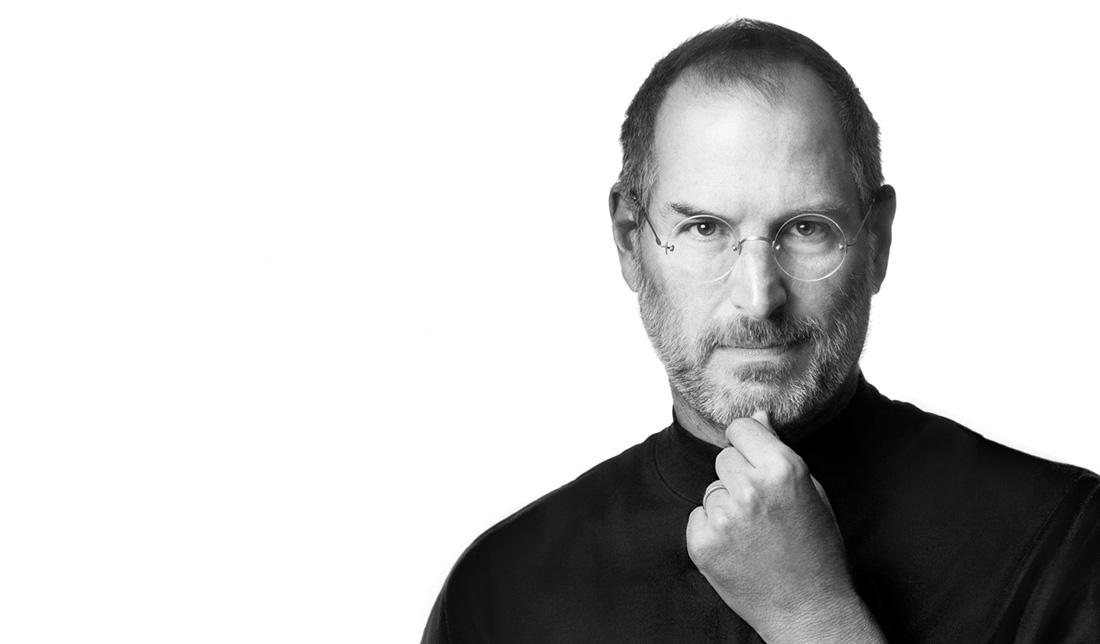
The much-hyped Steve Jobs biopic starring Ashton Kutcher comes out today, and over at Slashdot I have an interview with Daniel Kottke and Bill Fernandez, two of the earliest Apple employees, about the creative liberties taken by the filmmakers.
Vijith Assar: Let’s talk about that pivotal scene at the the West Coast Computer Faire.
Daniel Kottke: It’s really kind of the really big scene in the movie. They spent several days shooting it, but they did an unbelievable job recreating the West Coast Computer Faire. There’s fifty different booths selling stuff relating to computers. Huge room. They did an unbelievable job reproducing it based on photographs that had been taken. It really blew me away. But anyway, that speech that Ashton does: “Ladies and gentlemen, I am Steve Jobs, and I’m going to introduce you to the Apple II, blah blah blah.” That speech that he gives never happened, for sure. [laughs] It was just a booth at a computer show.
Bill Fernandez: There’s a whole other aspect that wasn’t even touched: the personal computing environment. The Commodore PET computer came out, and we were concerned that we might lose to them. And the Radio Shack TRS-80 came out. And from what I gathered, there’s nothing in the movie that sets the context; a lot of people were doing personal computing at the same time. more



